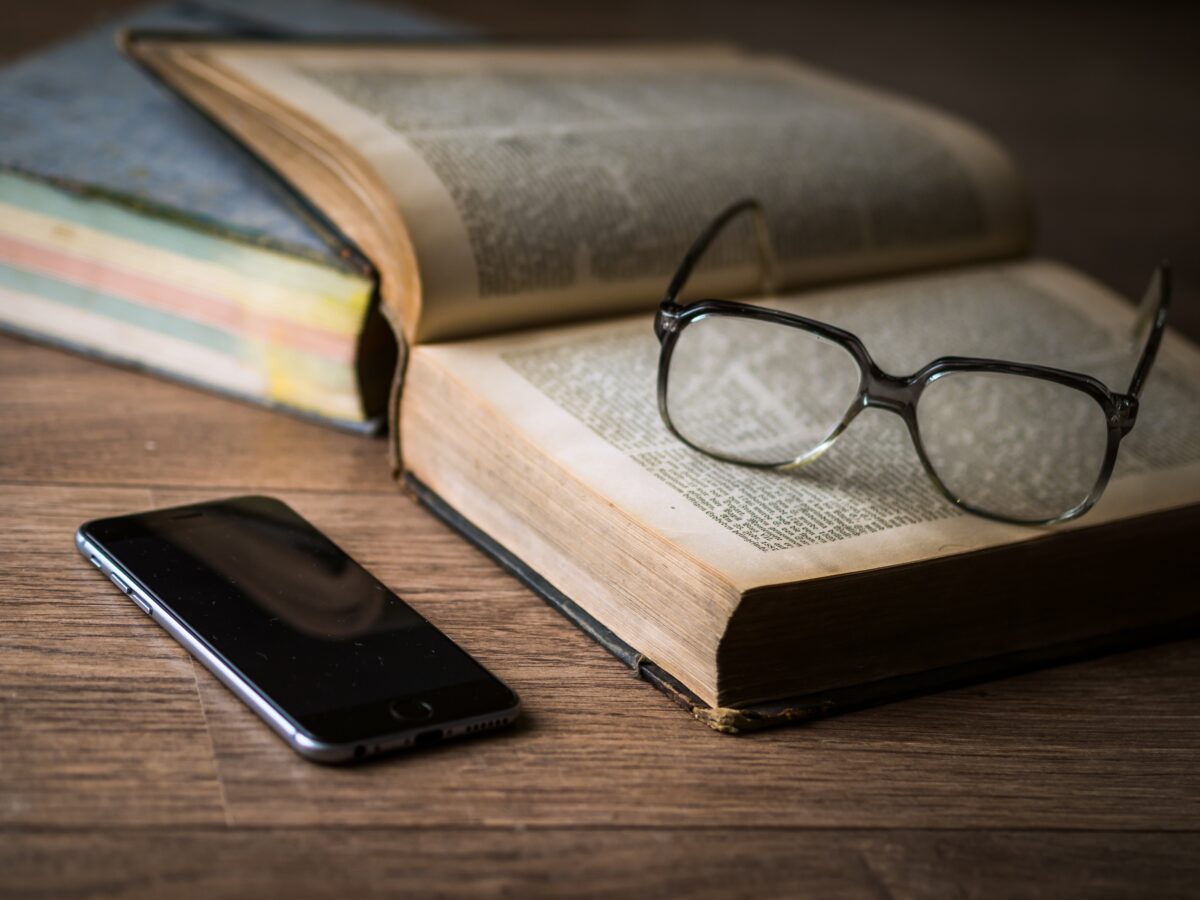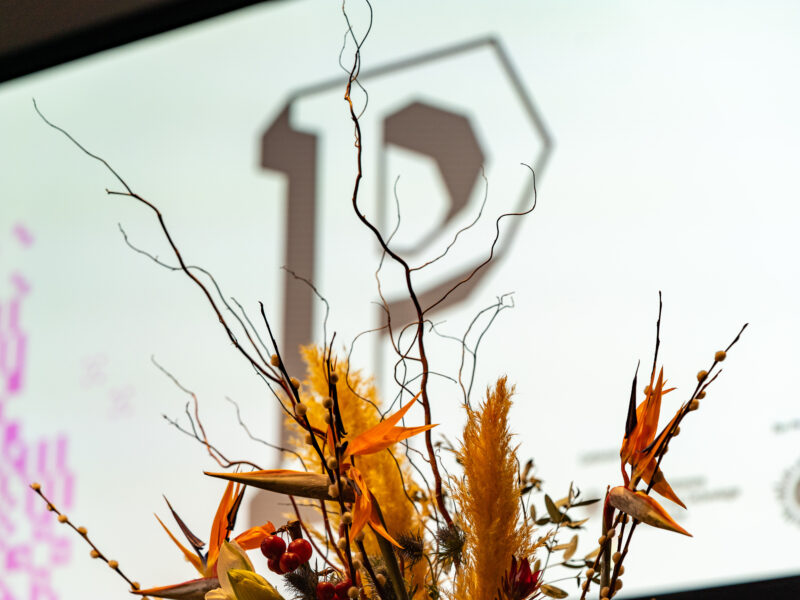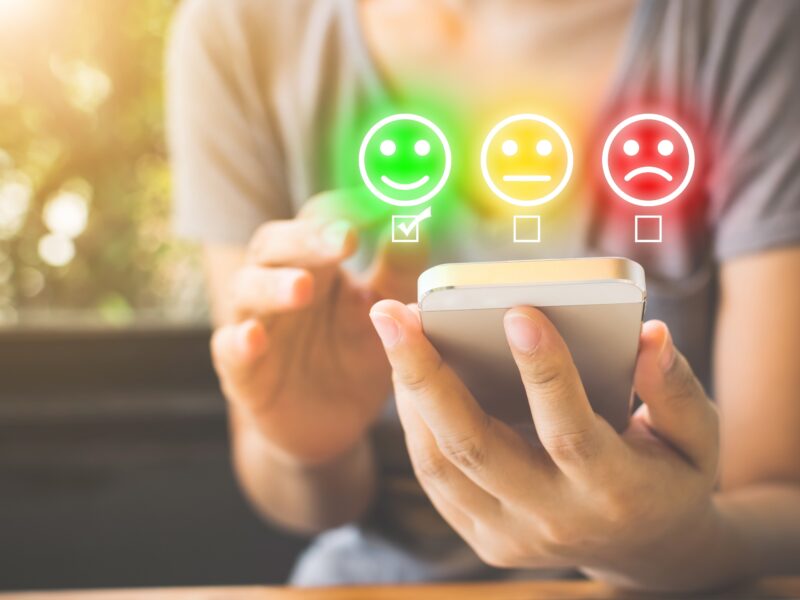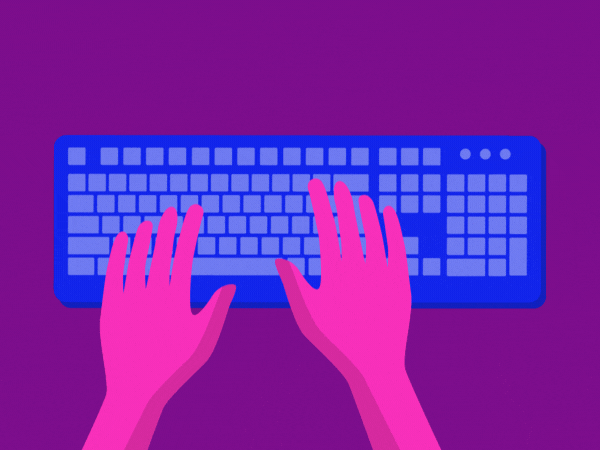
- Pixabay
Everyone agrees: the digitization of public administration must be pushed forward! But how? According to the current coalition agreement, public administration should become purely digital (“digital only, with targeted support services”). Marc Reinhardt from Initiative D21 even explicitly calls for a reduction in analog alternatives.
Why that isn't a good idea – a guest article by Laurent Pichler.
Digital services can already mostly only be used with an internet-enabled device – when on the go, this usually means relying on a smartphone. 95% of people between the ages of 14 and 49 used a smartphone in 2023. The percentage decreases with age: among 60- to 70-year-olds, the figure is 85%, and above that age, only 68%. More and more people are trying to voluntarily give up their smartphones or reduce their use. One in two people now consider their screen time to be problematic, with mental and physical problems (e.g., postural damage) often attributed to smartphones.
For others, however, giving up their smartphones is involuntary: older people are often unfamiliar with how to use them. They often have to contend with additional hurdles, such as visual impairments, cognitive or fine motor limitations. Minors are sometimes unable to install apps, even if the service offered has no age restriction. And people without a stable residence or with poor reading and writing skills are also likely to find it difficult to use smartphones.
These diverse reasons for not using a smartphone are contrasted by public services. These include services “that citizens need in order to secure a dignified existence”: whether it is access to educational and cultural institutions, public transportation, or admission to public baths. These are particularly important services provided by the state, which are essential for social participation – and yet more and more people no longer have access to them or find them hidden behind barriers.
This is because analog fallback solutions are increasingly no longer offered or are only available under poor conditions: appointments with some doctors or government agencies can no longer be made by phone, but only via the internet. The Deutsche Bahn sells discounted tickets exclusively via its website or app, is trying to reduce its timetable displays, is reluctant to offer the Deutschland-Ticket or the BahnCard without a smartphone requirement, and, if smartphone-free citizens manage to get to the public baths despite these hurdles, they sometimes find themselves facing closed doors.
Private shared mobility providers such as Free2move, MVG Rad, Lime, and Callabike have already been relying on smartphone-only services for quite some time. Only traditional public transportation can still be used without additional devices.
Two forms of digitalization
But why is the app and smartphone requirement necessary at all? Rail ticketing is already completely digitalized, regardless of whether the ticket was purchased via the app or at the ticket counter. Purchasing at the ticket counter is therefore also “digital.” For the railway company, it makes no difference whether the ticket is presented on a screen or in printed form – only the requirements for users are higher when using the app.
And why do I have to download an app to rent a bike when I could just call?
Unfortunately, “digital” usually means that users are left to their own devices and now have to figure everything out themselves, whereas before there was a person on the other end. If the app isn't working, you're just out of luck.
It would always be better for users to have more freedom of choice here – if only because the app or the internet might not be working at that moment.
MVG-Rad: There is another way!
A concrete example: The MVG-Rad service allows users to rent bicycles provided and maintained by Munich's public transport company MVG for a small fee. The bikes can be rented and returned either independently or at bike stations. In recent years, the service has even been extended to the outskirts of the city.
However, the service is exclusively accessible via the “MVGO” app. Alternative access via NFC cards or a service hotline is not provided, despite the technical feasibility. This increases the barriers to access for some population groups wishing to participate in this publicly funded service.
Appfree enables access to smartphone-only services via conventional telephone calls. As an example, a telephone connection was created for the MVG-Rad bicycle rental service of Munich's public utility company.
This means that users can call a special telephone number and rent a bicycle in a fully automated process. No smartphone or app is required, just a normal telephone. Technically, this works with the help of two components: the Asterisk telephone server and a PHP application. The telephone server connects to the telephone network with the help of a telecommunications provider and can then be reached at a public telephone number. When you call this number, you can rent any MVG bike by entering the bike number on the telephone keypad. In return, you receive a PIN that unlocks the bike. Overall, this not only makes a public service accessible to more people, but also brings a digital process back into the analog world. Because digitization does not have to and should not mean excluding people.
Laurent Pichler
Laurent Pichler is a full-stack web developer in Munich and developed the AppFree project in round 16 of the Prototype Fund.



